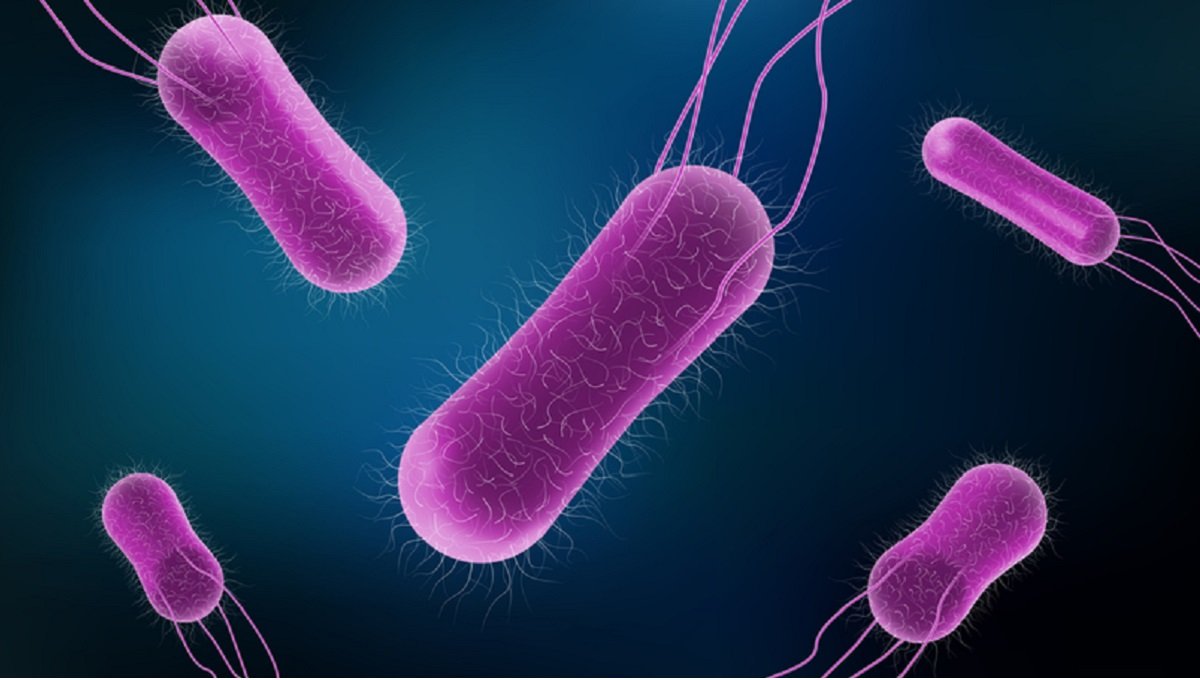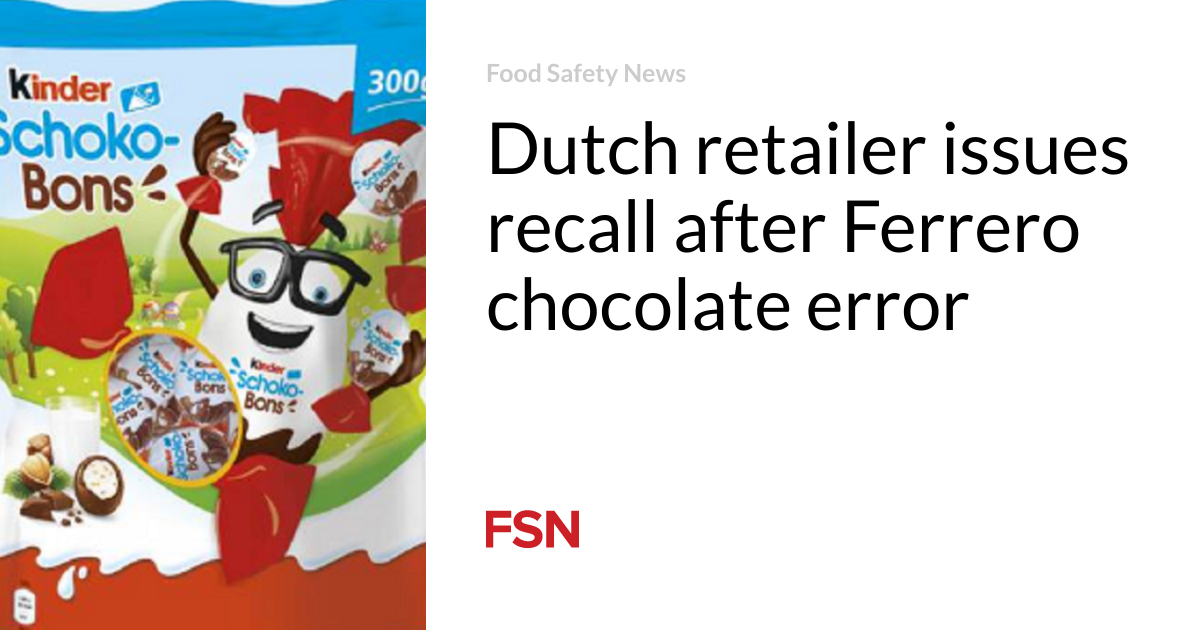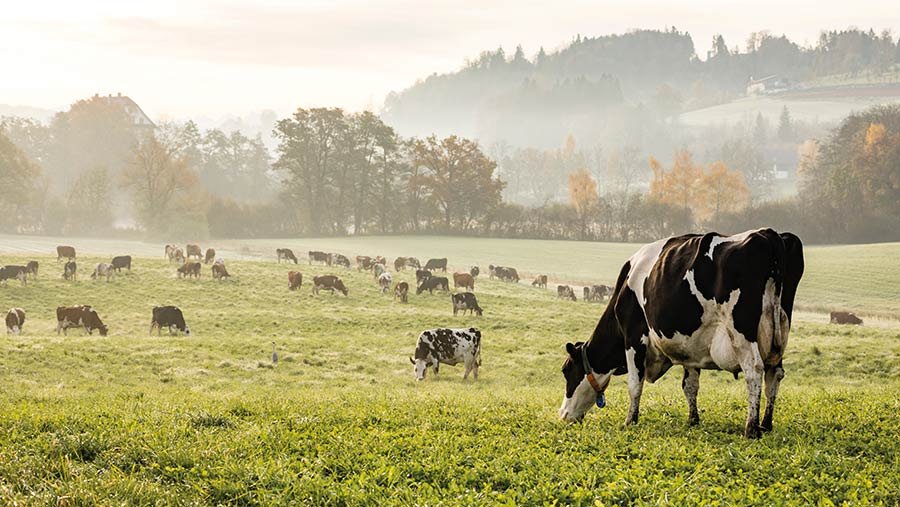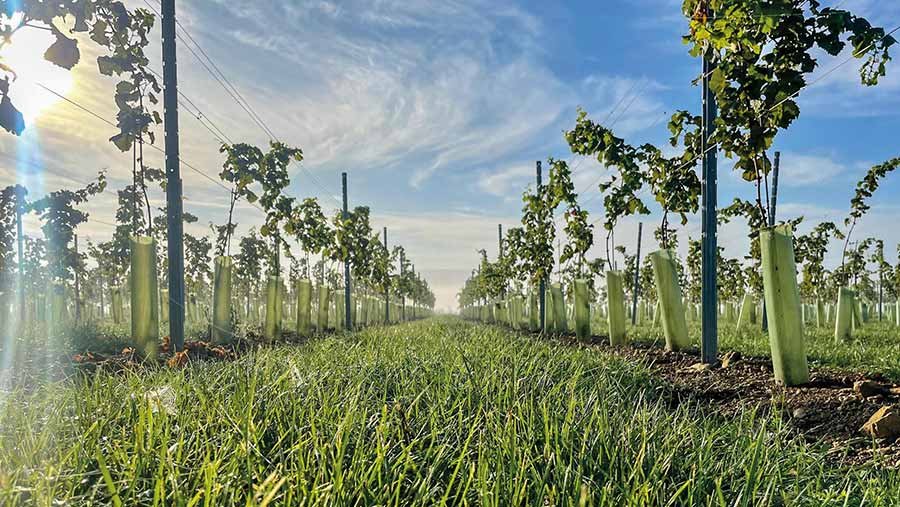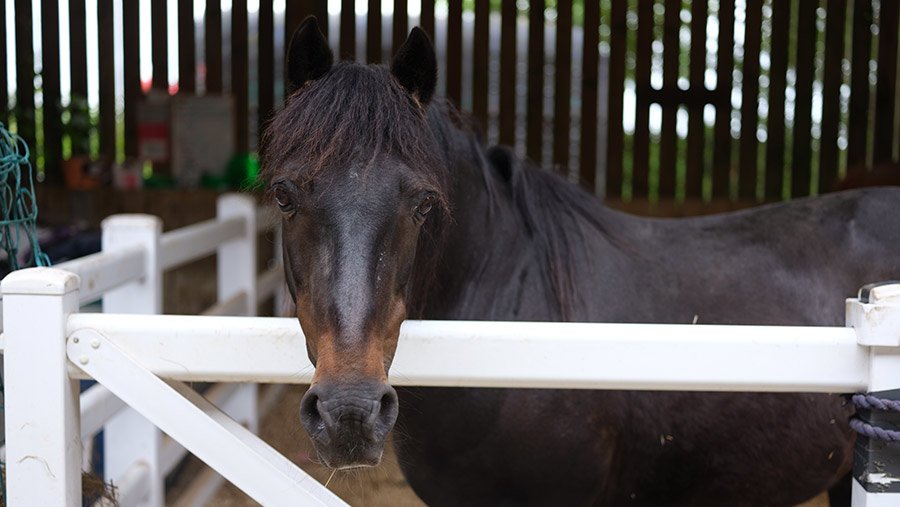The FAO and WHO have highlighted a range of food safety hazards linked to eating seaweed plus a lack of data and regulation.
The United Nations Food and Agriculture Organization (FAO) and World Health Organization (WHO) said there was a need for a risk assessment of relevant seaweed hazards to understand their public health significance.
The report reviews current food safety information about seaweed harvested from wild stocks and aquaculture. Asian nations such as China and Indonesia are by far the largest producers.
Demand is expected to rise as the population grows and sustainable ways of producing food are sought. Seaweeds have long been used as foods in different parts of the world. They are consumed as sea vegetables in soups and salads, used in sushi wrappings, and added to various foods as ingredients.
Factors that can affect the presence of hazards include the type of seaweed, its physiology, the production season, production waters, harvesting methods and processing.
Possible hazards and outbreaks
Several hazards such as heavy metals and marine biotoxins are reported to be associated with seaweed. However, legislation and guidance documents on production and utilization are generally still lacking.
E. coli O7:H4 was behind an outbreak in Japan in 2020 with almost 3,000 patients caused by red seaweed used in a salad. In 2019, more than 100 people fell ill in Norway from norovirus after eating a frozen seaweed salad from China.
Hazards also vary depending on factors such as quality of the harvested or procured seaweed food product, consumer handling practices and if is eaten raw or processed.
Although deaths linked to consumption of seaweeds are rare, the limited data suggests certain hazards present potential moderate to minor food safety concerns. These include chemical hazards such as heavy metals like inorganic arsenic and cadmium, persistent organic pollutants such as dioxins and polychlorinated biphenyls, radionuclides and pesticide residues; microbiological hazards including Salmonella, Bacillus and norovirus; physical hazards like metal, glass, crustacean shells, micro- and nanoplastics; and allergens.
Need for guidelines and legislation
A joint FAO-WHO expert meeting on seaweed safety in October 2021 resulted in several suggestions including the collection and evaluation of seaweed consumption data at national and regional levels and monitoring such food and feed products for hazards.
Esther Garrido Gamarro, FAO fishery officer, said the recommendations could support the development of Codex guidelines or standards at the international level as well as regional and national legislation.
“In turn, the standards and policies would safeguard the production, processing and utilization of seaweed for food and feed while protecting the health of consumers,” she said.
China has a regulatory limit for cadmium in edible seaweeds, and France has maximum levels for inorganic arsenic, cadmium, lead and mercury in edible seaweeds. Although some private standards exist, they either do not address food safety directly or in detail.
Occurrence of hazards is influenced by factors such as seaweed classes and families, the age before harvest; conditions of the cultivation environment; and handling and processing.
Seaweed processing methods include drying, fermentation, blanching, freezing, or a combination but drying is the main one.
(To sign up for a free subscription to Food Safety News, click here.)


